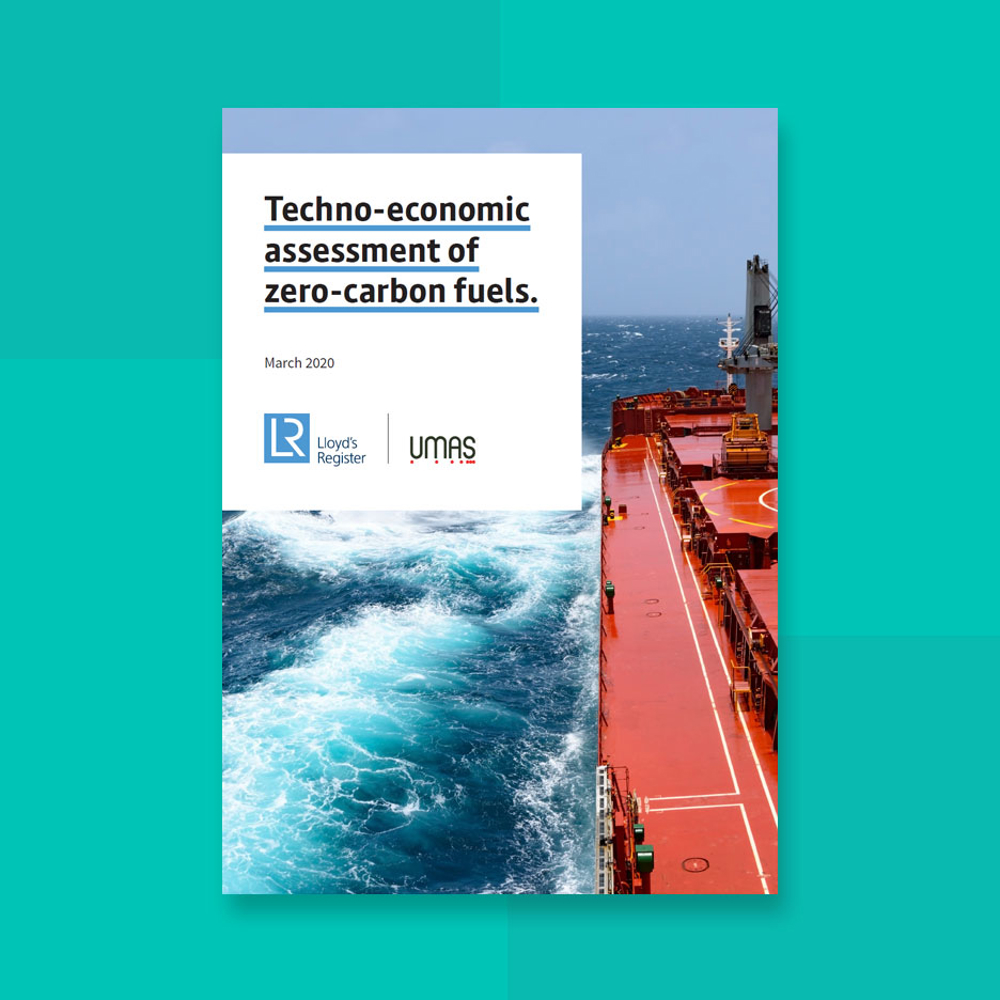We continue to work to make zero-emission vessels commercially viable, technically feasible and safe by 2030.
To achieve this, in collaboration with UMAS we assess the zero-carbon options through the lens of investment readiness, technology readiness and community readiness.
Although certain pathways look more resilient than others from the perspective of asset longevity, fuel price is the main factor. This evolution through the 2020s, 2030s and up to 2050 means that different zero-carbon fuel options are more competitive in different decades and there is not one option which is the most competitive from today to 2050. Managing uncertainty means flexibility is key to ensuring resilience.






